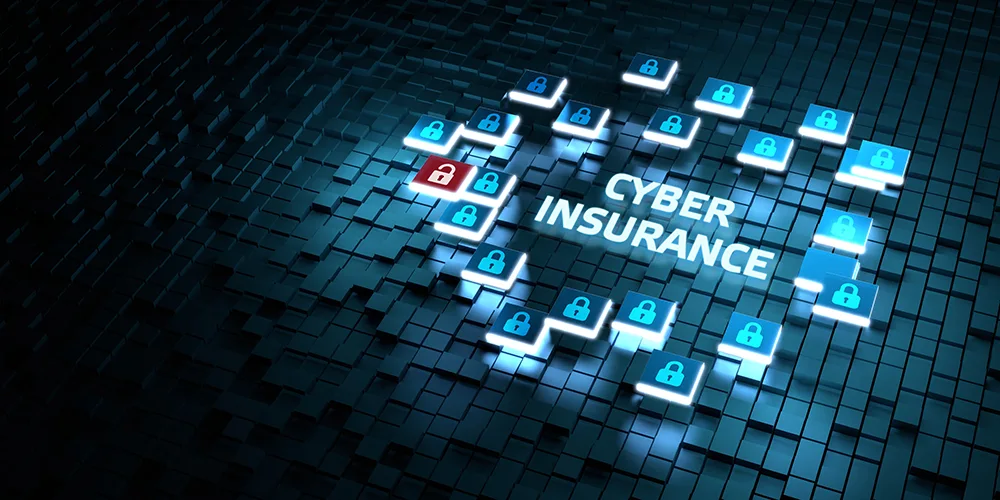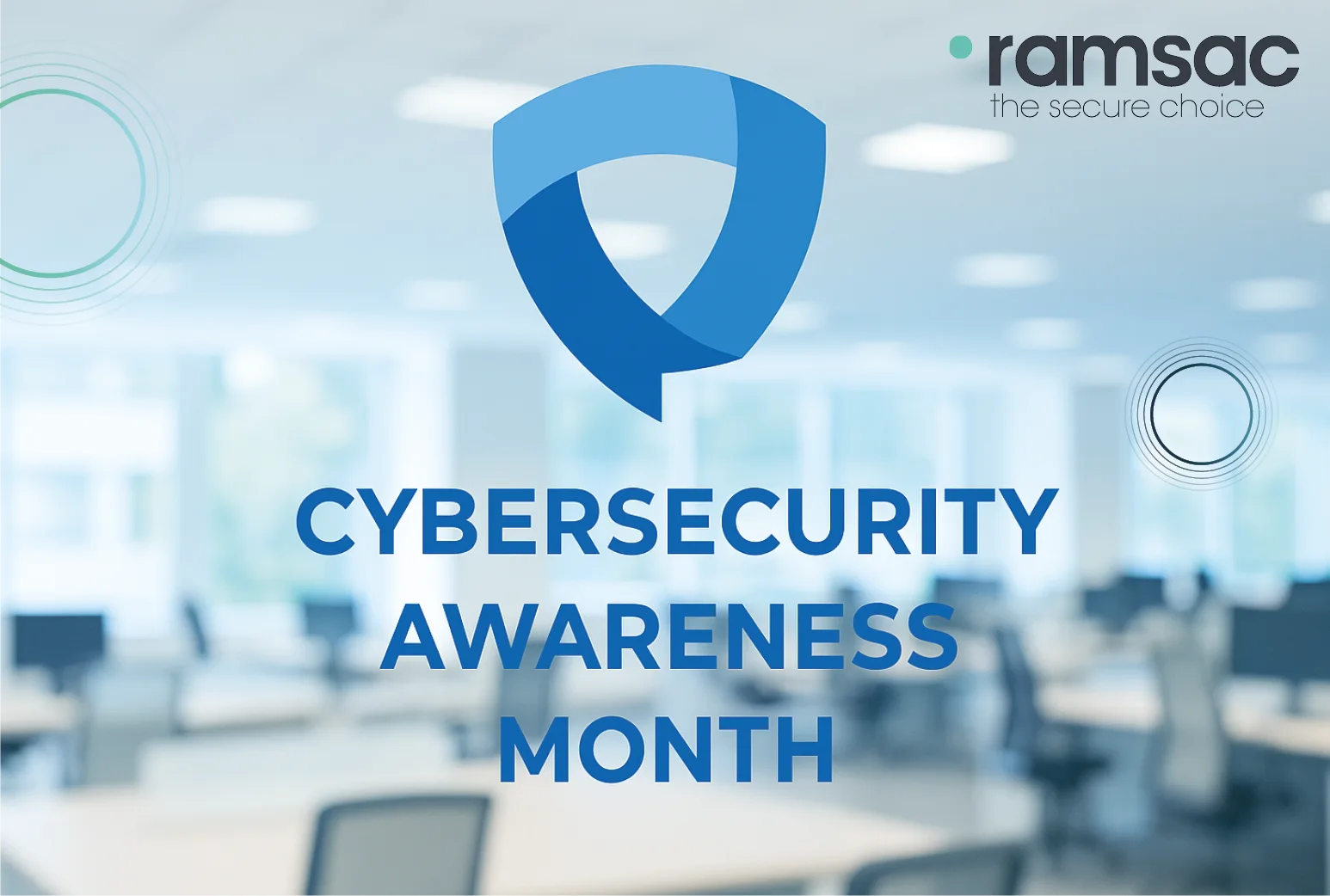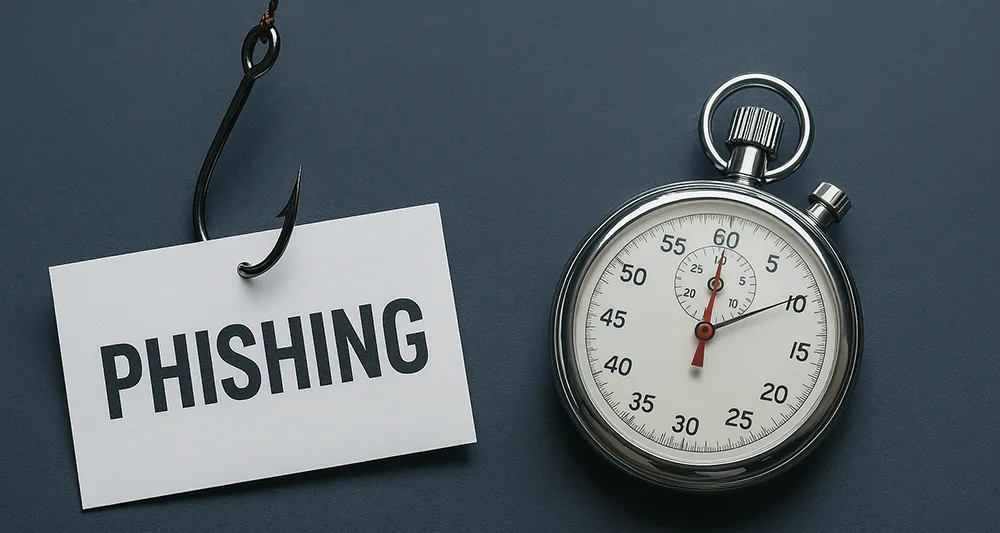How to Build a Disaster Recovery Plan That Actually Works

Posted on June 22, 2025 by Louise Howland
Imagine this: it’s 9.05 on a Monday morning. The sales team is gearing up for a busy week, the accounts department is finalising payroll, and suddenly the network drops. Emails stop sending, shared files vanish, and the phones are suspiciously quiet. You check the status page… no updates. Fifteen minutes in, and panic is setting in.
While this sounds dramatic, it’s a very real scenario for UK organisations. From ransomware attacks to storm damage taking out power and internet connections, disasters come in many forms. What matters is how you respond, and that all comes down to having a solid disaster recovery (DR) plan in place.

Here’s how to build one that’s fit for purpose.
Understand what really matters
No disaster recovery plan can cover everything equally, nor should it. Begin by identifying which systems are mission-critical. These are the platforms and services that, if disrupted, would halt operations or damage customer trust. Finance tools, email services, CRM systems, and secure file access are typical examples. Let your analysis be guided by operational impact, not internal politics.
Set recovery targets grounded in reality
Once you know what matters, define two crucial metrics: your Recovery Time Objective (RTO), which states how quickly a system must be restored, and your Recovery Point Objective (RPO), which defines how much data you can afford to lose. Not all systems need instant recovery, but some do. For instance, you may tolerate a two-hour email outage but not five minutes of lost payment data. These targets directly inform your technical choices and service levels.
Expect the unexpected
A reliable DR plan is more than a backup schedule. While secure, offsite backups, ideally with immutability, are essential, the human and procedural elements are just as vital. Who leads the recovery? What are the fallback communication tools? Have you eliminated single points of failure? Cloud-based platforms can reduce risk, but they are not immune. Microsoft 365 outages in recent years have reminded many that resilience still requires planning and diversification.
Align with recognised standards
A disaster recovery plan should reflect not only internal priorities but also recognised best practice. Frameworks such as Cyber Essentials and ISO 27001 provide a solid foundation for resilience. Cyber Essentials encourages organisations to prepare for and respond to cyber threats, while ISO 27001 takes a broader approach, focusing on comprehensive information security and risk management.
Aligning with these standards demonstrates a proactive, structured approach to resilience—something particularly important when working with regulated industries, public sector contracts or clients who assess supplier risk. Compliance also helps ensure your recovery efforts are measurable, auditable, and continuously improved.
Make testing a routine, not a reaction
No matter how well-crafted your plan appears on paper, it only becomes reliable through testing. Regular simulations are essential, ideally incorporating both IT and non-technical teams. Include finance, HR, senior leadership, customer services, and communications. Each function has a role in the recovery process, from staff coordination to external messaging.
Treat each test as a learning opportunity. Capture what went well, where confusion arose, and what systems or people need further support. Then use those lessons to refine the plan. A tested plan builds confidence and ensures that, in a real crisis, the team responds quickly and calmly.
Prioritise clear communication
Disaster recovery is as much about perception as it is about process. Customers, partners, and staff will judge your organisation not just on how quickly you recover, but on how clearly and honestly you communicate throughout.
Your plan should include a defined communication strategy. Identify who is authorised to speak on behalf of the organisation, how updates will be delivered, and what tone to strike. For example, when the Royal Mail cyber attack disrupted deliveries in early 2023, customer confidence was preserved thanks to timely and transparent updates that acknowledged the situation without speculation.
In moments of uncertainty, communication builds trust. A calm, credible message can reassure clients and colleagues alike, even when systems are still being restored.

The best disaster recovery plans are practical, well-practised and regularly reviewed. They aren’t about flashy documents; they’re about giving you peace of mind when things go wrong.
At ramsac, we’ve helped countless organisations build and test disaster recovery and business continuity plans that stand up to real-world challenges. Whether you need help crafting a plan from scratch or want to pressure-test your existing setup, our team is here to support you.
Let’s make sure that if the worst does happen, your business doesn’t miss a beat.
How can we help you?
We’d love to talk to you about your specific IT needs, and we’d be happy to offer a no obligation assessment of your current IT set up. Whether you are at a point of organisational change, unsure about security, or just want to sanity check your current IT arrangements, we’re here to help.








